In the increasingly competitive packaging industry, production efficiency is the core lifeblood of enterprises to reduce costs and seize the market. Today, we'll delve into a leading domestic flexible packaging material manufacturer to reveal how they achieved a remarkable 30% leap in overall production efficiency through a precise technical transformation of the film slitting machine, the "heart equipment".
1. Background and challenges: the bottleneck of growth
The company is mainly engaged in the slitting and sales of various types of plastic films such as BOPP, CPP, PE, etc. With the continuous growth of market orders, the original traditional film slitting machines gradually became inadequate and became the biggest bottleneck in the production process. Specifically, it is manifested as:
1. Extremely low order change efficiency: Every time the product specification (such as width, diameter) is changed, it is necessary to stop the machine for up to 20-30 minutes to manually adjust the tool position, tension parameters, etc., which seriously affects the comprehensive utilization rate (OEE) of the equipment.
2. Limited production speed: The old electrical control system cannot stably support high-speed slitting, and in order to avoid quality problems such as film breakage and uneven cutting edges, operators usually dare not drive the speed to more than 80% of the upper limit of the equipment.
3. The yield needs to be improved: the stability of the tension system controlled by the traditional magnetic powder clutch is poor, and it is easy to produce tension fluctuations during start-stop or high-speed operation, resulting in defects such as "cabbage" shaped burst tendons and uneven end faces in the slitted film roll, and the defective rate remains high.
4. Heavy dependence on skilled workers: The accuracy of adjustment is highly dependent on the experience and feel of the master, and the training cycle of a qualified operator is long, and the flow of personnel has an impact on production stability.
Management realized that simply buying new equipment could solve the problem, but the investment cost was too high and the payback cycle was long. So they made a smarter decision: to systematically renovate the existing slitting machines.
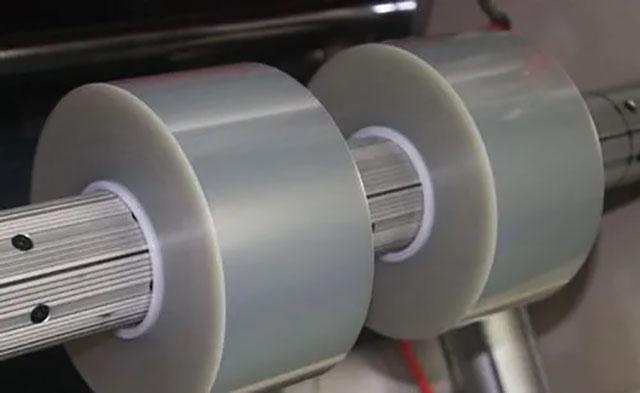
2. Transformation plan: precise policy, both soft and hard
The company has set up a project team composed of equipment suppliers, automation engineers and internal technicians, and after detailed diagnosis, it has formulated a transformation plan with the electrical control system and core actuators as the core.
Transformation core: replace machinery and analog with servo and digitalization
| Transform the part | Original configuration | Upgrade plan | Core purpose |
| 1. Control system (brain) | Old PLC+ relay logic | High-end multi-axis motion controller + touch screen HMI | Realize multi-axis precise synchronous motion control and provide a friendly human-machine interaction interface |
| 2. Tension control system (nerve) | Magnetic powder clutch/brake | Fully automatic servo tension control system | Realize full closed-loop, high-precision, stepless adjustment of retraction and unwinding tension |
| 3. Tool holder system (arm) | Manual screw adjustment tool position | Servo motor-driven automatic slip tool holder | Realize one-click setting of the tool position, automatic and precise movement, and greatly shorten the order change time |
| 4. Drive system (legs and feet) | Ordinary AC inverter motor | Servo spindle drive system | Provides smoother, higher precision main traction power and supports high-speed operation |
| 5. Software System (Soul) | None or basic features | Integrated intelligent slitting process software | The built-in process recipe library can store and call the parameters of different products, and change orders with one click |
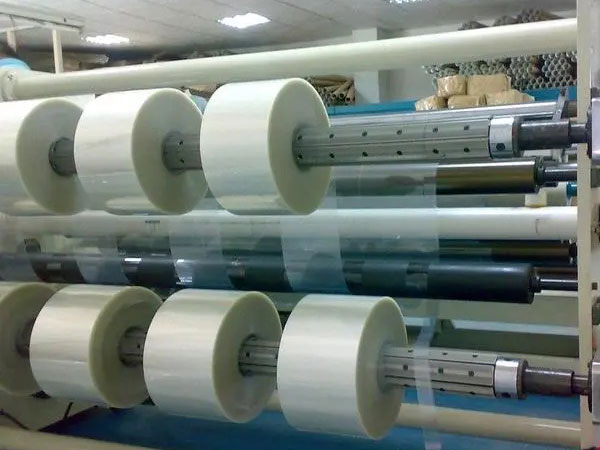
3. Transformation record: details of key technology implementation
1. One-click order change function implementation:
◦ Before modification: the operator takes the ruler to measure, manually shake the handwheel to adjust the position of the left and right tool holders, and manually input the tension and other parameters.
◦ After transformation: Enter the target volume width, diameter and other parameters on the HMI touch screen, and click "One-click order change". The servo motor drives the tool holder to move precisely to the preset position, and the control system automatically calls the preset tension and speed curves. The entire process is completed in less than 2 minutes without manual intervention.
2. Tension Control Precision Leaps:
◦ The magnetic powder clutch with slow response, high heat generation and low control accuracy is eliminated, and the servo motor + tension sensor is used to form a full closed-loop control system.
◦ The system monitors the tension change in real time and instructs the servo motor to compensate for millisecond-level torque through algorithms to ensure that the film tension remains constant throughout the entire process from empty to full roll. This fundamentally eliminates product quality problems caused by unstable tension.
3. High-Speed Operation and Stability Enhancement:
◦ The new servo spindle drive system provides more power and smoother speed control, allowing the equipment to run stably at 100% of the design speed, even overclocking.
◦ The motion controller ensures precise electronic cam synchronization between multiple motors such as unwinding, traction, rewinding, etc., eliminating stretching or crease caused by speed desynchronization.
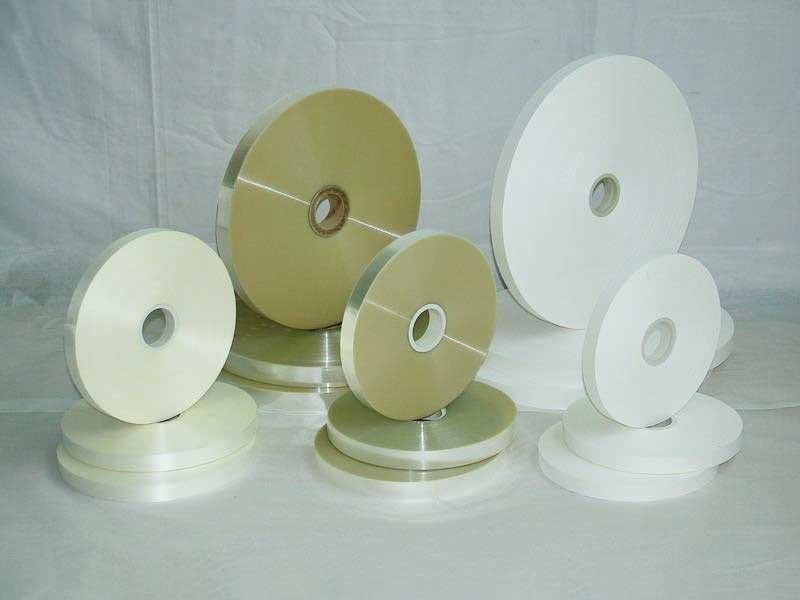
4. Effectiveness and benefits: numbers speak
After the completion of the transformation, after a month of continuous operation and data statistics, the results far exceeded expectations:
• Increased production efficiency: The overall efficiency has increased by more than 30%. This is mainly due to the shortening of the order change time from an average of 25 minutes to 2 minutes, and the average production speed from the original 75% to more than 95%.
• Product quality improvement: The yield rate (A-grade products) has increased from 92% before the transformation to more than 98.5%. Problems such as uneven end faces and cracked tendons have almost disappeared, and the customer complaint rate has dropped significantly.
• Reduced Operating Costs:
◦ Energy consumption reduction: After eliminating the magnetic powder clutch (a large power consumer), the energy consumption of the whole machine is reduced by about 15%.
◦ Labor cost optimization: The skill requirements for operators are reduced, the training cycle for new employees is shortened by half, and one operator can take care of more machines.
• Intelligence and data: All production data (meters, speed, scrap rate, and downtime reasons) are automatically recorded and reported, providing accurate data support for management decision-making and achieving transparent and digital management.
5. Conclusions and enlightenment
This successful film slitting machine transformation record tells us that for manufacturing enterprises, in the face of old equipment, "transformation and upgrading" is often more cost-effective and strategic than "elimination and replacement".
The key to its success is:
1. Accurate diagnosis: not blind upgrades, but accurately find the real bottlenecks that restrict production efficiency.
2. Systematic thinking: not only hardware replacement, but also systematic optimization of "hardware + software + process".
3. Technology selection: Mature and advanced technologies represented by servo technology and digital control are selected to ensure the reliability and foresight of the transformation.
This transformation is not only an equipment upgrade, but also a key step for the company to move towards an "Industry 4.0" smart factory, laying a solid technical foundation for the company's sustainable development in the future.

The intelligent control design of the new generation of film slitting machine represents the transformation of industrial equipment from "tool" to "partner".
20. December, 2025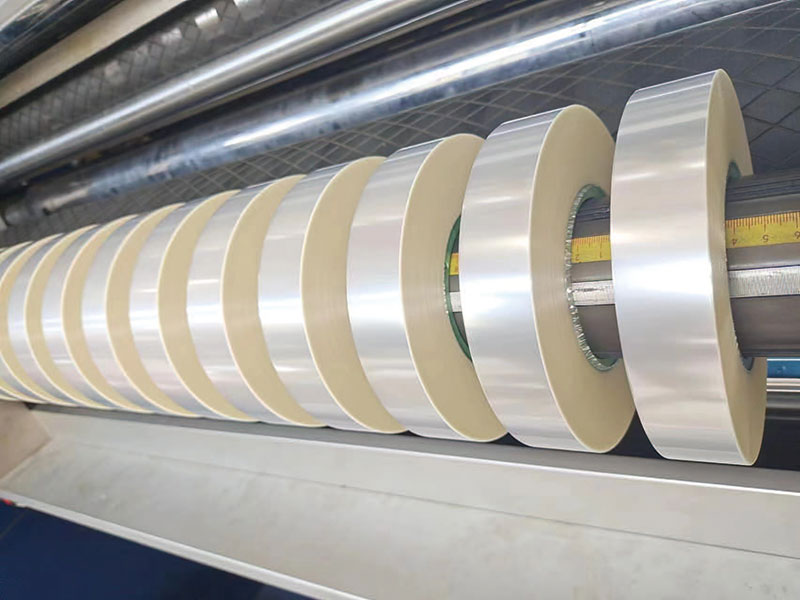
Achieving continuous 1,000 hours of trouble-free operation requires not only systematic technical upgrades, but also all-round innovation from design concept to maintenance strategy.
20. December, 2025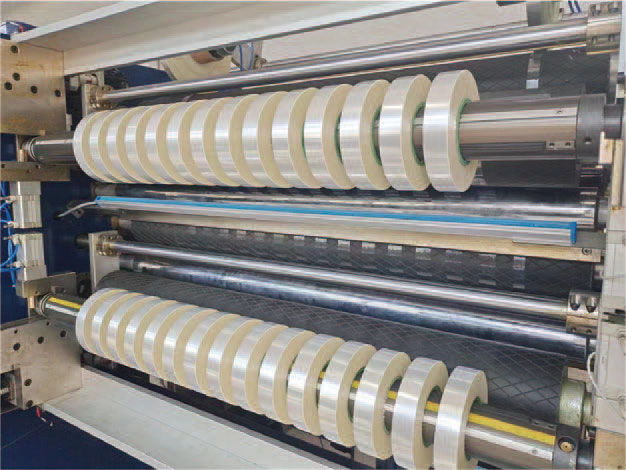
In the face of a dazzling array of models on the market, how to make informed decisions when purchasing?
20. December, 2025
These film materials need to be precisely cut into different widths during the production process to meet the needs of various models and components.
10. December, 2025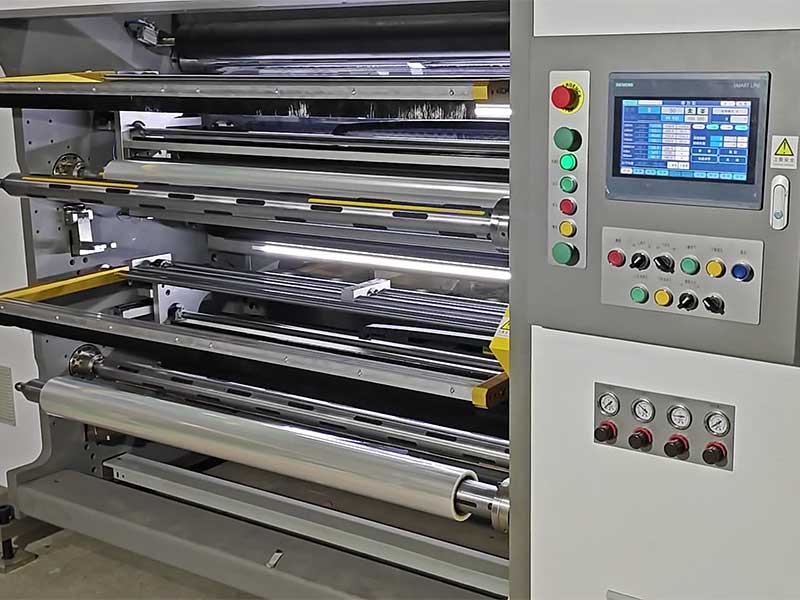
The automotive film slitting machine, an increasingly intelligent "cutting knife", is accurately cutting out redundant costs, inefficient processes and backward production methods.
10. December, 2025